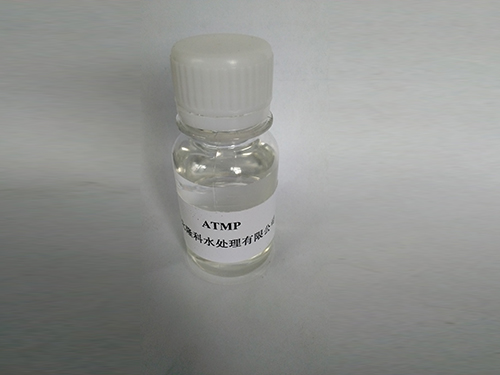Understanding the Composition and Applications of Poly Aluminum Chloride in Water Treatment
What is Poly Aluminum Chloride?
Poly Aluminum Chloride (PAC) is a versatile chemical compound that is widely used in a variety of applications, particularly in water treatment and purification processes. PAC is a coagulant, meaning that it helps to aggregate and precipitate suspended particles in water, making it an essential component in the treatment of drinking water, wastewater, and industrial effluents. Its effectiveness and efficiency in removing impurities make it a preferred choice over traditional coagulants such as aluminum sulfate.
Chemical Composition and Properties
PAC is a polymeric compound formed from the partial hydrolysis of aluminum chloride. Its chemical formula can be expressed as Aln(OH)mCl(3n-m), where n represents the degree of polymerization and m refers to the number of hydroxyl groups. The structure of PAC varies depending on the manufacturing process, leading to different forms that can influence its performance in various applications.
PAC possesses several advantageous properties. It has a high charge density, which enhances its ability to neutralize negative charges on suspended particles in water. This characteristic promotes the agglomeration of particles to form larger flocs, which can then be easily separated during the filtration process. Additionally, PAC is effective over a wide pH range (from acidic to slightly alkaline conditions), making it suitable for diverse water sources and treatment scenarios.
Applications of Poly Aluminum Chloride
1. Water Treatment The primary application of PAC is in the treatment of drinking water and wastewater. When added to water, PAC initiates a coagulation process that removes impurities, turbidity, and contaminants. By forming large flocs, PAC aids in the sedimentation process, leading to clearer and cleaner water. It is particularly effective in removing organic matter, color, and heavy metals, thereby enhancing the quality of treated water.
2. Industrial Use In industries such as paper manufacturing, textiles, and food processing, PAC is utilized for water clarification, color removal, and sludge dewatering. Its ability to aid in the coagulation and flocculation processes makes it valuable for optimizing operational efficiency and reducing environmental impacts in industrial processes.
3. Sewage Treatment PAC is often employed in sewage treatment plants to improve the efficiency of the biological treatment process. It helps in the formation of larger flocs, which leads to better settling in clarifiers and reduced sludge volume. This not only improves the overall treatment efficiency but also minimizes the costs associated with sludge management.
what is poly aluminum chloride

4. Agriculture In agricultural practices, PAC is used as a soil conditioner to improve soil quality and enhance nutrient absorption. Its application can help in controlling soil erosion and improving seed germination rates.
Benefits of Using Poly Aluminum Chloride
The use of PAC in water treatment processes offers several benefits
- Efficiency PAC is highly effective at low doses, requiring less quantity compared to traditional coagulants. This not only reduces operational costs but also minimizes environmental impacts associated with the disposal of residual sludge. - Rapid Action PAC reacts quickly in water, leading to faster settling times and improved treatment efficiency. This is important in treatment facilities that need to process large volumes of water in a short time.
- Improved Water Quality The use of PAC leads to significantly improved water quality, meeting regulatory standards for drinking water and discharge limits for wastewater.
- Flexibility Its effectiveness across various pH levels allows for its use in different treatment scenarios without requiring significant adjustments to the treatment process.
Conclusion
Poly Aluminum Chloride is a crucial chemical in the field of water treatment, offering numerous advantages over conventional coagulants. Its ability to enhance water quality, reduce treatment costs, and adapt to varying conditions underscores its importance in both municipal and industrial applications. As the demand for clean water continues to rise globally, PAC will likely play an increasingly significant role in ensuring the safety and sustainability of water resources.
-
Water Treatment with Flocculant Water TreatmentNewsJun.12,2025
-
Polymaleic AnhydrideNewsJun.12,2025
-
Polyaspartic AcidNewsJun.12,2025
-
Enhance Industrial Processes with IsothiazolinonesNewsJun.12,2025
-
Enhance Industrial Processes with PBTCA SolutionsNewsJun.12,2025
-
Dodecyldimethylbenzylammonium Chloride SolutionsNewsJun.12,2025





